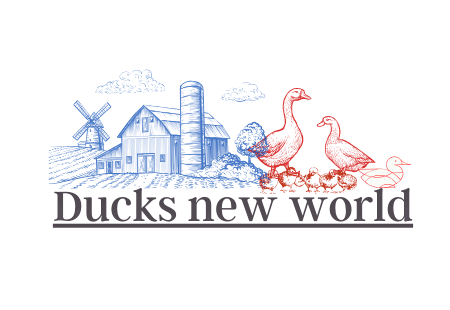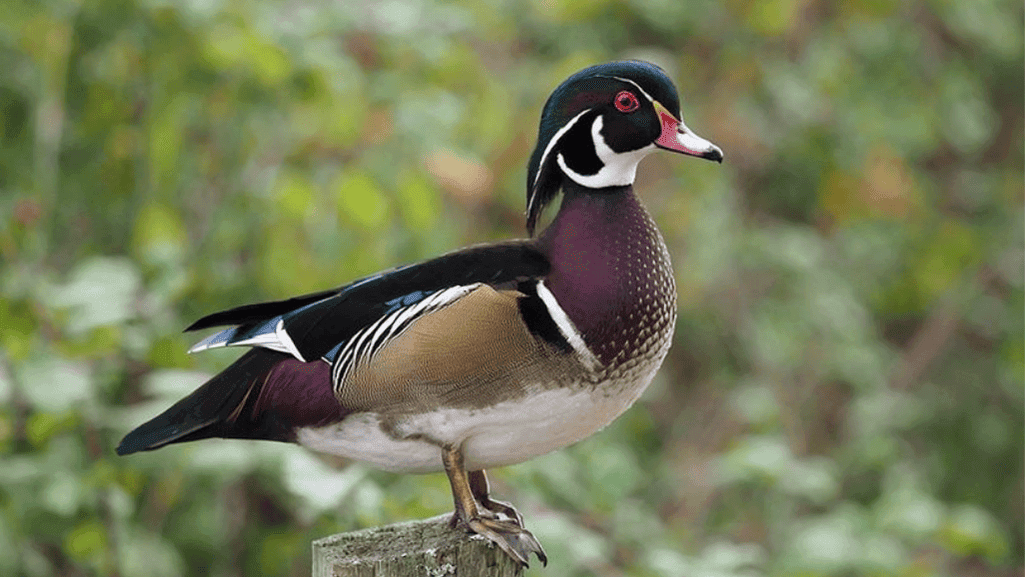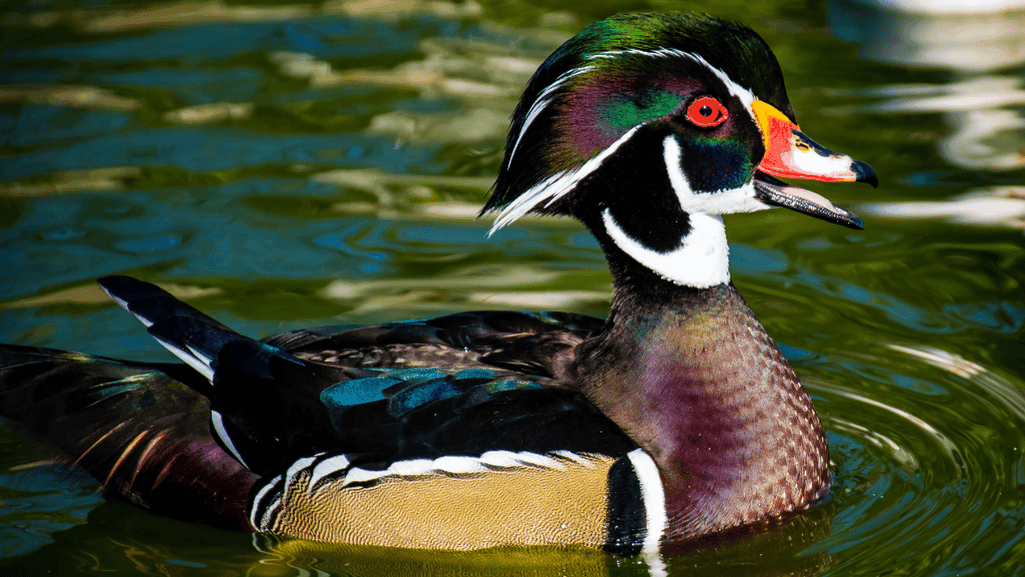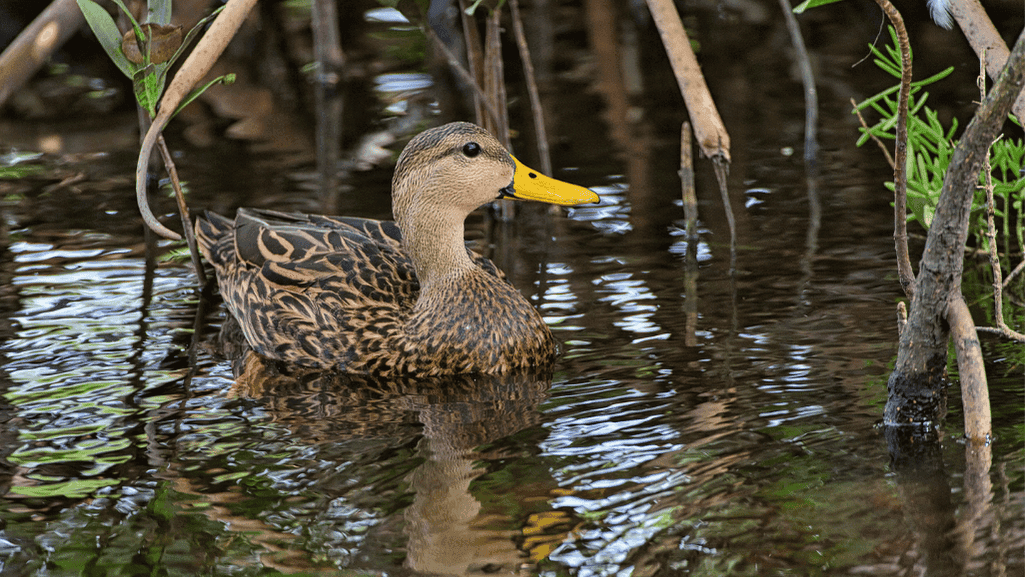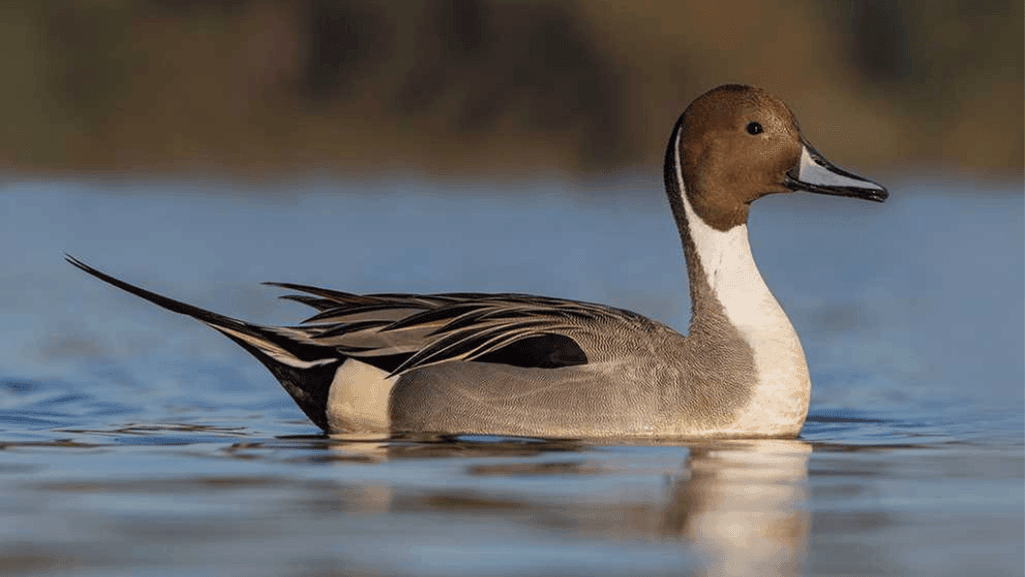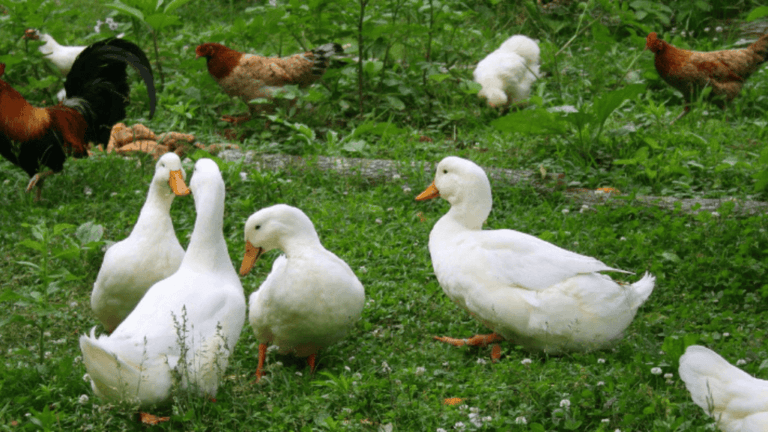Texas is a paradise for waterfowl identification texas. It’s home to a wide variety of duck species. From the well-known Mallard to the rare Harlequin Duck, Texas’s wetlands and reservoirs are filled with fascinating waterfowl.
These birds are key to keeping Texas’s wetlands healthy. Up to 45% of ducks and 90% of geese in the Central Flyway spend their winters here. About 10 out of 43 waterfowl species in Texas live here all year, like Black-bellied Whistling-Ducks and Mallards.
Texas is also a key stop for ducks migrating through. Species like Canada Geese and Lesser Scaup visit during their travels. The Snow Goose population in Texas has grown a lot, showing how vital the wetlands are for these birds.
Key Takeaways
- Texas hosts a diverse array of duck species, with 10 out of 43 being year-round residents
- Up to 45% of ducks and 90% of geese in the Central Flyway winter in Texas coastal marshes
- Migratory duck species rely on Texas wetlands as critical stopovers during seasonal journeys
- Snow Goose population in Texas has been increasing significantly, starting in the mid-1990s
- Ducks play a vital role in maintaining the balance of Texas wetland ecosystems
Overview of Texas Duck Species
Texas is home to many duck species, each adding to the state’s biodiversity. From the mallard to the wood duck, these birds are vital for Texas’ natural habitats. A duck identification guide for Texas helps both fans and conservationists appreciate and protect these amazing creatures.
Importance of Ducks in Texas Wetlands
Ducks are key indicators of Texas’ wetland health. Their numbers tell us about water quality, vegetation, and food webs. By watching duck populations, scientists can help protect these delicate habitats.
Key Habitats for Waterfowl
Texas has many habitats vital for ducks. These include:
- Coastal marshes
- Rice fields
- Playa lakes
- Wooded swamps
- Bottomland hardwood forests
Each habitat offers ducks food, shelter, and places to breed. Saving these habitats is essential for Texas’ waterfowl and other species.
Seasonal Migratory Patterns
Many Texas ducks migrate long distances. In winter, they flock to the Gulf Coast for food and warmth. Others, like the blue-winged teal, use playa lakes as key stops. Knowing their migration patterns helps us protect these birds and their habitats.
Common Identification Texas Duck Species Found
Texas is a haven for a wide variety of duck species. Mallards, Northern Pintails, and Blue-winged Teals are among the most common. These duck species found in Texas are vital to the state’s wetlands and loved by many.
Mallard
The Mallard (Anas platyrhynchos) is one of the most recognizable Texas duck species names. They live 5-10 years, weigh 700-1600 g, and have a wingspan of 81-98 cm. Males have green heads and white-ringed necks, while females have mottled brown feathers.
Mallards are the most common in Texas and are comfortable around people. This makes them a favorite among park visitors and urban wildlife fans.
Northern Pintail
Northern Pintails are known for their long tails and slender necks. They prefer wetlands and are skilled walkers. These Texas duck species names are a joy to watch in their natural setting.
“The Northern Pintail is a symbol of grace and beauty in the avian world, with its sleek silhouette and striking plumage.” – Dr. James Thompson, Ornithologist
Blue-winged Teal
The Blue-winged Teal (Spatula discors) is a small but significant duck species found in Texas. They live 5-10 years, weigh 280-420 g, and have a wingspan of 58-63 cm. Their bright blue wing patches are visible in flight.
Blue-winged Teals are the second most abundant duck in North America, after Mallards. They can be found in shallow wetlands across Texas. Hunters love them, and they’re key to the state’s waterfowl population.
Other notable Texas duck species names include Gadwalls, American Wigeons, Green-winged Teals, and Mottled Ducks. Each adds to the rich bird life in Texas.
Identifying Characteristics of Texas Ducks
Texas has many duck species, each with its own special features. By looking at plumage color, size, and calls, you can tell which duck you see. This skill is key for enjoying Texas’s waterfowl and hunting responsibly.
Plumage and Coloration
Ducks in Texas are known for their bright colors. Male ducks, or drakes, show off with vibrant patterns during breeding season. For example, the male Mallard has a green head and chestnut breast.
Female ducks, or hens, are less colorful. They blend into their surroundings, helping them hide while nesting.
Size and Shape Variations
Ducks in Texas come in all sizes. The Green-winged Teal is the smallest, weighing just 12 ounces. The Canvasback, a diving duck, is much bigger, with males weighing 2.6 pounds.
Knowing the sizes of ducks helps when you see them from far away.
“Learning to recognize the distinct silhouettes of different duck species is a valuable skill for any texas duck field guide enthusiast.”
Distinctive Sounds and Calls
Ducks also have unique sounds that help identify them. The Mallard’s “quack” is common in Texas. Other ducks make different sounds, like the Northern Pintail’s whistling wings.
Learning these sounds helps you identify ducks, even when you can’t see them.
By focusing on plumage, size, and calls, you can get better at identifying texas duck species. With practice, you’ll know the different ducks in Texas’s wetlands and waterways.
Tips for Spotting and Identifying Ducks
Texas is a great place for spotting ducks. With many species to see, it’s exciting for bird lovers. To help you identify Texas duck species, here are some tips.
Best Locations for Duck Watching
Look for ducks in coastal marshes, rice fields, reservoirs, and playa lakes. Each place attracts different ducks. Sea ducks and geese like the coast, while dabbling ducks prefer fresh water. Mergansers are often seen in rivers and streams.
Recommended Equipment for Identification
Use binoculars or a spotting scope to see ducks up close. These tools help you notice size, shape, and other important details. Field guides or apps can also help you identify the ducks you see.
“Waterfowl identification involves assessing key features like size, shape, plumage patterns, bill structure, and behavior for ducks, geese, and other aquatic birds, enriching outdoor experiences and aiding conservation.” – Ducks Unlimited
Ideal Times for Observation
Early morning and late evening are the best times to see ducks. You can watch them forage or fly. Their flight patterns and behaviors are great clues for identification.
Start with common ducks and learn about the rarer ones. With practice, you’ll get better at spotting Texas’s duck species. This will deepen your appreciation for these amazing birds.
Resources for Duck Identification and Conservation
For those interested in identifying and conserving Texas’s duck species, many resources are available. Field guidebooks and apps are great tools for recognizing different ducks. The Sibley Guide to Birds and the Merlin Bird ID app are top choices. They offer detailed descriptions, illustrations, and audio recordings of duck calls.
Local conservation groups are key in protecting duck habitats and populations in Texas. Ducks Unlimited and Texas Parks and Wildlife work hard to save wetlands and educate people. By donating or volunteering, you can help these efforts and support Texas’s duck populations.
Online databases and communities are also great for learning more about Texas ducks. Sites like eBird let users share sightings and connect with others. These platforms help share information and support scientific research on duck populations and migration.
Using field guides, supporting conservation, and joining online communities can help you identify and protect Texas ducks. With more awareness and action, we can make sure these amazing birds thrive in Texas’s wetlands for years to come.

